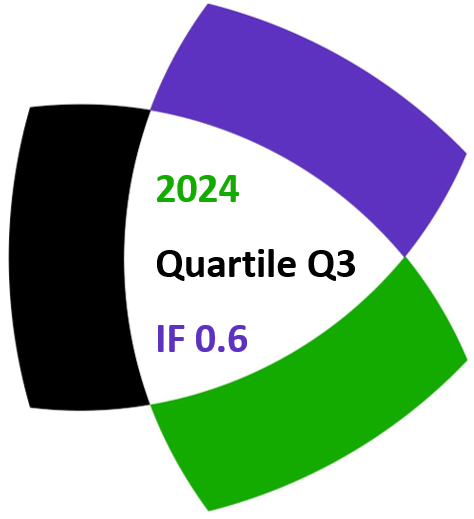Volume 4 ▶ Number 1 ▷ Number 2 ▷ Number 3 ▷ Number 4
The characteristics of primes and other integers within the modular ring Z4 and in Class 
Original research paper. Pages 1–17
J. V. Leyendekkers, J. M. Rybak and A. G. Shannon
Full paper (PDF, 663 Kb) | Abstract
The integer structure of Class

in the modular ring
Z4 has been analysed in detail. Most integers of this category equal a sum of two squares (

). Those that do not are non-primes. The primes are distinguished by having a unique

pair that has no common factors. Other integers in Class

have multiple values of

or more rarely a single

pair with common factors. Methods of estimating

pairs are given. These are based on the class structure within
Z4 and the right-most end digit characteristics. The identification of primes is consequently facilitated.
The characteristics of primes and other integers within the modular ring Z4 and in class 
Original research paper. Pages 18–37
J. V. Leyendekkers, J. M. Rybak and A. G. Shannon
Full paper (PDF, 911 Kb) | Abstract
Integers,
n, in Class

of the modular ring
Z4 have been analysed in detail. All
n equal the difference of squares,

, with

even and

odd. Primes are distinguished by having only one

pair:

with

, and

. In this paper four methods of calculating the

values are given. These methods are based on prime factorisation, the
Z4 class structure, and Fermat’s Little Theorem. Mersenne primes are uniquely distributed within Class

and some new features of these primes are also stated.
Numerical properties of Morgan-Voyce Numbers
Original research paper. Pages 38–42
A. F. Horadam
Full paper (PDF, 163 Kb)
One extremal problem. 8
Original research paper. Pages 43–44
Krassimir T. Atanassov
Full paper (PDF, 131 Kb)
Volume 4 ▶ Number 1 ▷ Number 2 ▷ Number 3 ▷ Number 4
![]()
![]()


